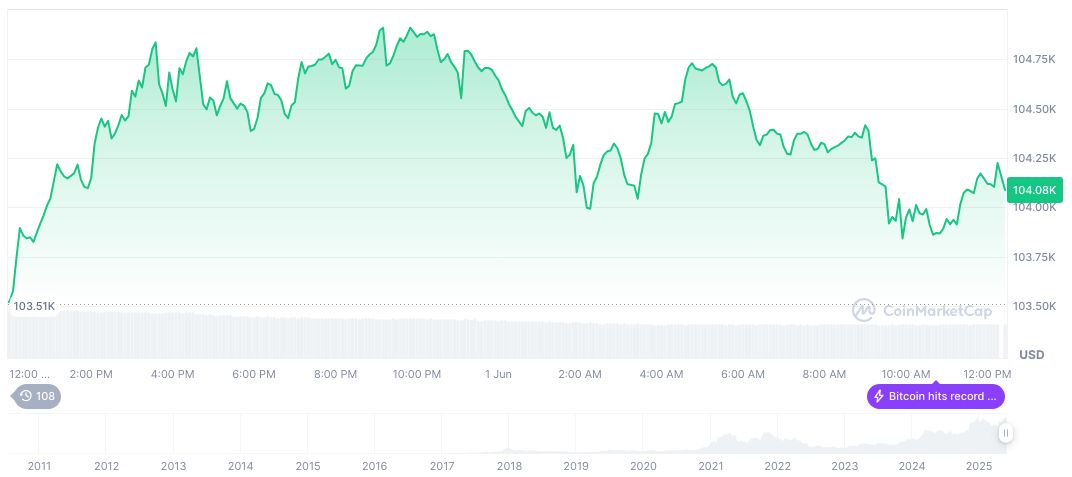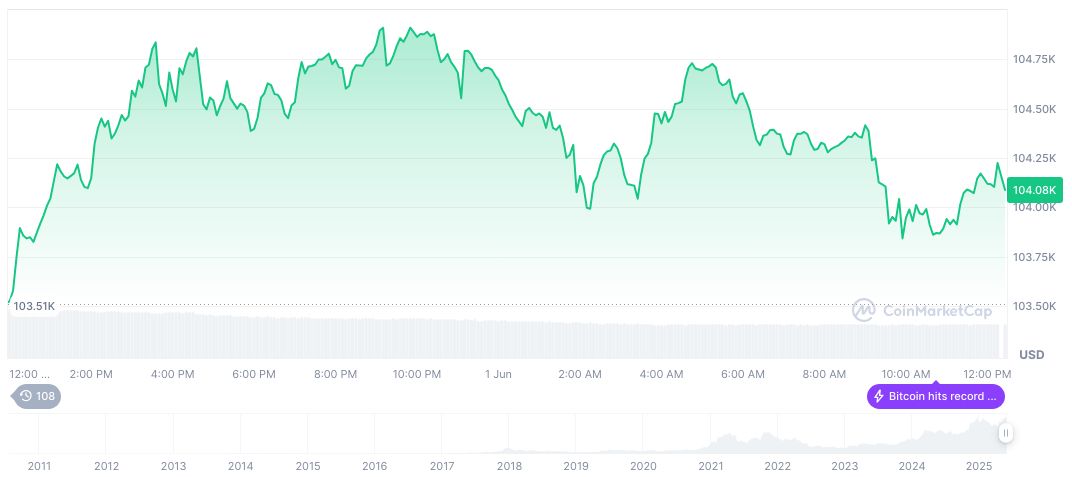- EU warns against US steel tariff increase; potential retaliation.
- Could affect US-EU trade negotiations, triggering new tariffs.
- Steel, auto, and tech sectors may see heightened volatility.
Maroš Šefčovič, EU Trade Commissioner, has been leading the EU’s technical team negotiations with US representatives in Washington since the announcement of possible 50% tariff hikes on EU steel by the Trump administration in June 2025.
The potential tariff escalation holds significant implications for the global economy, threatening to destabilize ongoing trade negotiations between these major economies, with retaliatory tariffs being prepared by the EU.
EU Prepares Countermeasures to US Steel Tariff Threats
In a recent announcement, the EU highlighted the possibility of retaliatory tariffs on over “100 billion” of US goods if a balanced result is not reached in negotiations. The European Commission reiterated the unchanged offer of zero-to-zero tariffs on all industrial goods, stating, “We have not changed our negotiating offer, which includes zero-to-zero tariffs on all industrial goods and strategic purchases like energy, AI, and agricultural products.” Negotiations are to continue with Maroš Šefčovič meeting with US Trade Representative Jamieson Greer in Paris, aiming to resolve tensions. Immediate implications of any tariff hikes could see significant impact on key sectors including steel, aluminum, and pharmaceuticals, contributing to potential market volatility.
Statements from officials, like that of Maroš Šefčovič on X, have emphasized ongoing communications with senior US officials. “We continue to stay in constant contact,” he stated, referring to these ongoing calls and coordination. Key industry responses and asset reactions remain varied, with past tariff threats having triggered uncertain movement within markets. While the community observes these developments, Maroš Šefčovič’s commitment to sustained negotiation efforts remains a central focus.
Did you know? The 2018–2019 U.S.-EU tariff escalation demonstrated that dramatic tariff implementations historically lead to increased speculative activity, though its direct impact on crypto assets remained limited.
Tariffs’ Ripple Effect on Crypto and Market Stability
Did you know? The 2018–2019 U.S.-EU tariff escalation demonstrated that dramatic tariff implementations historically lead to increased speculative activity, though its direct impact on crypto assets remained limited.
According to CoinMarketCap, Bitcoin (BTC) is currently priced at $104,064.26 with a market cap of $2.07 trillion, demonstrating 25.29% growth over 60 days amid geopolitical shifts. The circulating supply is at 19.87 million of its 21 million maximum, with the latest update at 11:53 UTC on June 2, 2025.
The Coincu research team illustrates how potential tariff-induced market instabilities might affect financial and regulatory frameworks. Historical data suggests heightened crypto volatility during periods of macroeconomic stress, offering investment hedges, particularly in assets like BTC and ETH. These actions could prompt regulatory reviews, shaping the outlook in trade and financial sectors.
Source: https://coincu.com/341185-eu-us-tariff-negotiations-steel-threat/

